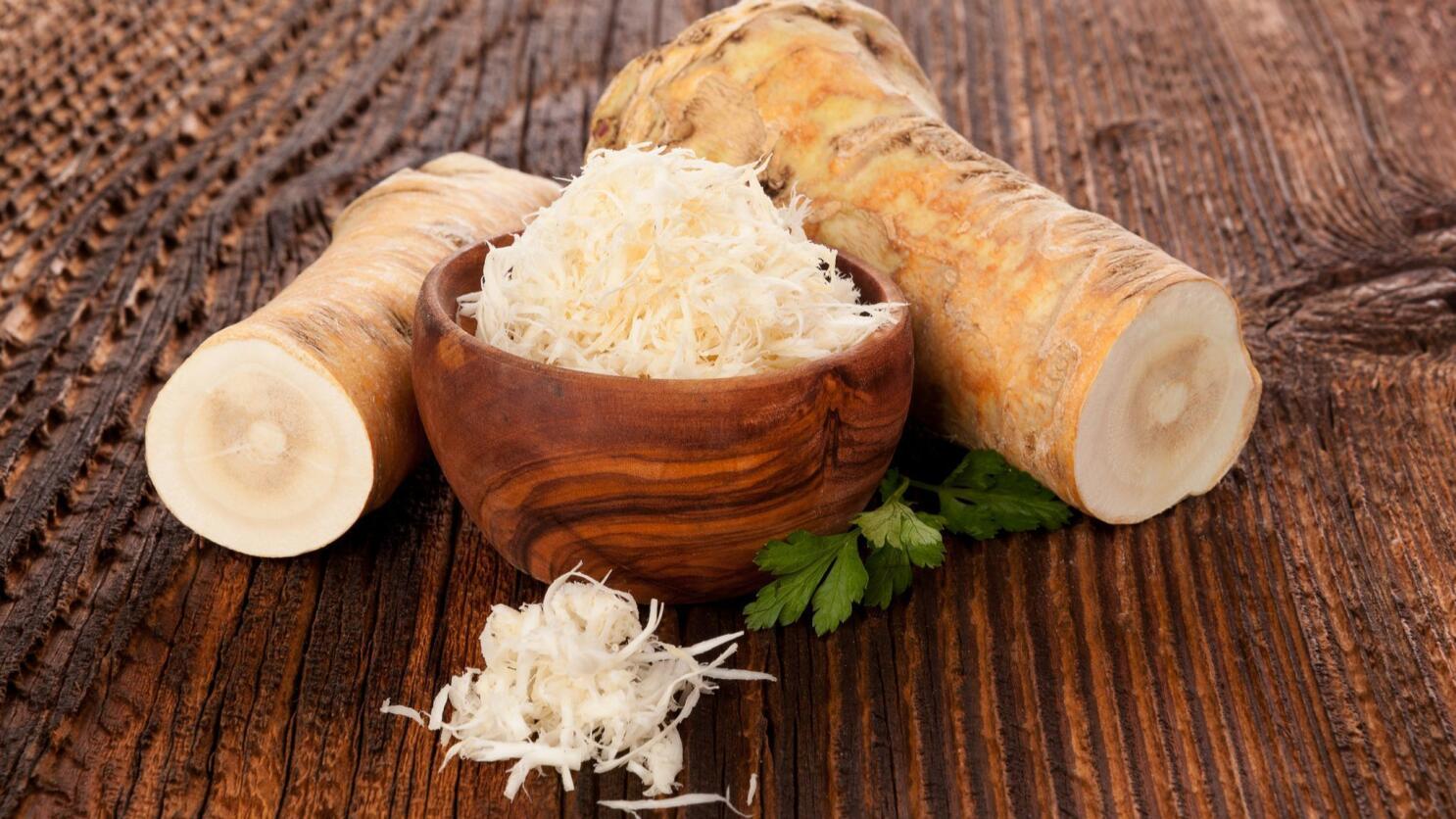You know that unique flavor you can’t quite put your finger on in dishes like steak sauce, tartar sauce, and even some seafood dishes? Have you ever tried horseradish in sauces or dressings and been left wanting more? I only really understood the appeal of horseradish recently when, as part of my culinary exploration into various spices and flavors, I began experimenting with it.
Today, I’d like to talk about exactly how to use horseradish in sauces. Along with some delicious recipe ideas, I’ll share what makes horseradish so special—the health benefits used beyond food preparation and more. Get ready for tangy goodness!
What is Horseradish?
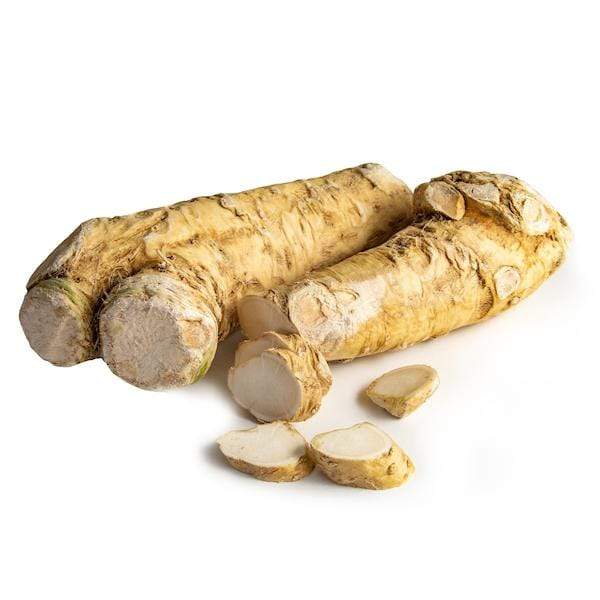
Horseradish, scientifically known as Armoracia rusticana, is a robust, hardy plant belonging to the Brassicaceae family, including broccoli, mustard, and cabbage. This perennial plant is well-known for its white, tapered root, the primary source of its unique, pungent flavor.
From a health perspective, horseradish is a nutritional powerhouse. It boasts a rich concentration of compounds known as glucosinolates, which have been linked to numerous health benefits, including boosting the immune system, fighting off harmful bacteria, and potentially reducing the risk of certain types of cancers.
There are various forms of horseradish available, each offering its unique flavor profile. Fresh horseradish root is the most potent and aromatic, ideal for those who really want to experience its powerful kick. It can be grated or finely chopped and incorporated into sauces and dressings. Prepared horseradish, often available in jars, is a convenient option.
It’s already grated and typically preserved in vinegar, making it a useful staple for quick dishes. Finally, horseradish sauce, usually a blend of grated horseradish, vinegar, and cream or mayonnaise, offers a milder, creamier option, perfect for pairing with meat or fish.
Preparing Horseradish for Use in Sauces
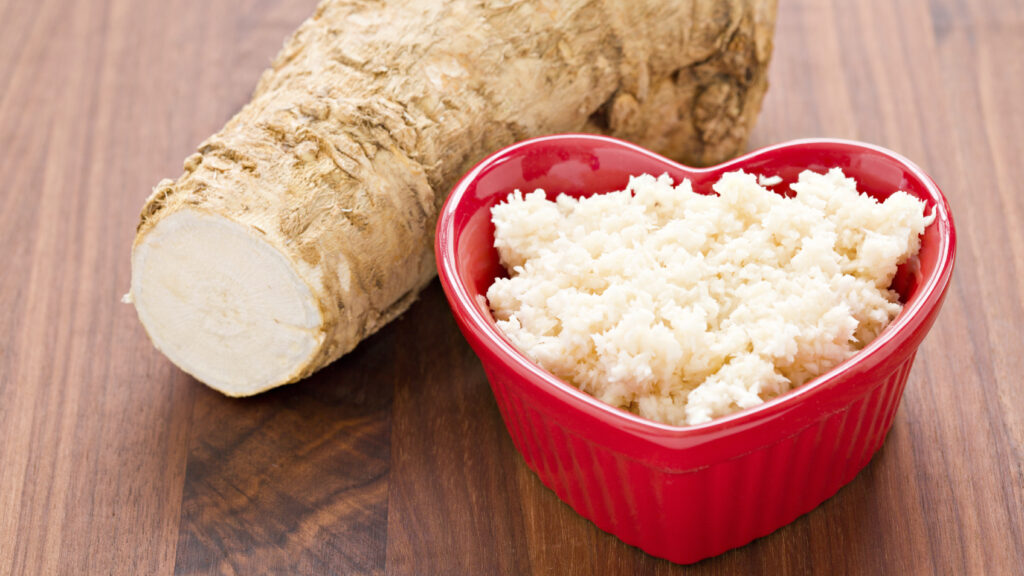
Before making a sauce with horseradish, it’s essential to prepare the root correctly.
① Selecting and Storing Horseradish Root
When selecting the best horseradish root, look for firm roots that feel heavy for their size and have no signs of mold or soft spots. The surface should be smooth and devoid of major cuts or blemishes. The fresher the root, the more potent its flavor will be.
After purchase, horseradish root should be stored in a cool, dark place—your refrigerator crisper drawer is an ideal spot. Wrap it loosely in a plastic bag to maintain humidity levels and prevent it from drying out. If stored properly, it can last for several weeks.
② Preparing Fresh Horseradish
When you’re ready to use your horseradish, wash it thoroughly with water, then peel away the tough outer skin with a vegetable peeler. You can then grate it using a standard box grater or a food processor fitted with a grating attachment.
Remember, the strong, pungent odor released during grating can be quite potent, so it’s best to do this in a well-ventilated area.
③ Adjusting the Intensity of Horseradish
The intensity of horseradish can be adjusted depending on your taste preference. If you prefer a milder flavor, let the grated horseradish stand for a few minutes before adding vinegar. The vinegar stops the enzymatic action that produces the heat in horseradish.
The longer the horseradish sits before adding vinegar, the hotter it becomes. So, for a hotter flavor, wait 3 minutes before adding vinegar; for a milder flavor, add it immediately after grating.
Classic Horseradish Sauces
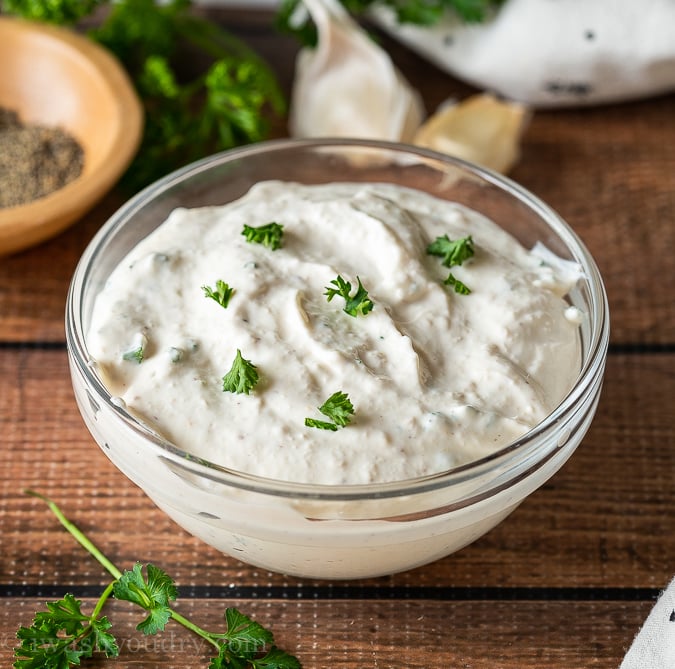
There are a variety of classic horseradish sauces that can be made with fresh horseradish. Here are some popular options to try:
✅ Creamy Horseradish Sauce
Ingredients
- 1 cup of sour cream
- 2 tablespoons of freshly grated horseradish
- 1 tablespoon of white wine vinegar
- Salt and pepper to taste
Preparation
- In a mixing bowl, combine the sour cream, freshly grated horseradish, and white wine vinegar.
- Stir until well combined.
- Add salt and pepper to taste.
Pairing Suggestions
- Roast Beef: The tangy, spicy kick of this creamy horseradish sauce is a perfect match for the rich, robust flavor of roast beef. The sauce can either be served on the side for dipping or drizzled over slices of roast beef.
- Steak: The sauce is a wonderful accompaniment to a juicy, grilled steak. It enhances the natural flavors of the steak without overpowering them. For the best experience, spoon some sauce onto the steak just before serving.
✅ Horseradish Mustard Sauce
Ingredients
- 1/4 cup of Dijon mustard
- 1/4 cup of mayonnaise
- 2 tablespoons of freshly grated horseradish
- 1 tablespoon of white wine vinegar
- Salt and pepper to taste
Preparation
- In a mixing bowl, combine the Dijon mustard, mayonnaise, freshly grated horseradish, and white wine vinegar.
- Stir until well combined.
- Add salt and pepper to taste.
Pairing Suggestions
- Sandwiches: This horseradish mustard sauce is an excellent addition to sandwiches, especially those with roast beef or turkey. Its sharp, tangy flavor provides a lovely contrast to the meat, adding a kick that elevates the taste of any sandwich.
- Bratwurst: The sauce pairs perfectly with the strong, smoky taste of bratwurst. When used as a topping, it enhances the natural flavors of the sausage, creating a delicious, balanced flavor profile.
✅ Cocktail Sauce with Horseradish
Ingredients
- 1/2 cup of ketchup
- 2 tablespoons of freshly grated horseradish
- 1 tablespoon of lemon juice
- 1 tablespoon of Worcestershire sauce
- Salt and pepper to taste
Preparation
- In a mixing bowl, combine the ketchup, freshly grated horseradish, lemon juice, and Worcestershire sauce.
- Stir until well combined.
- Add salt and pepper to taste.
Pairing Suggestions
- Shrimp: Cocktail sauce with horseradish is famously paired with chilled, cooked shrimp, commonly served as a shrimp cocktail. The spicy kick of the horseradish complements the sweet, delicate flavor of shrimp, bringing out its natural flavor without overpowering it.
- Other Seafood: This sauce is not just for shrimp; it also pairs well with other seafood such as crab, oysters, and even fish sticks. It adds a zesty, robust flavor that perfectly complements the mild taste of most seafood, enhancing the overall dining experience.
Innovative Horseradish Sauce Variations
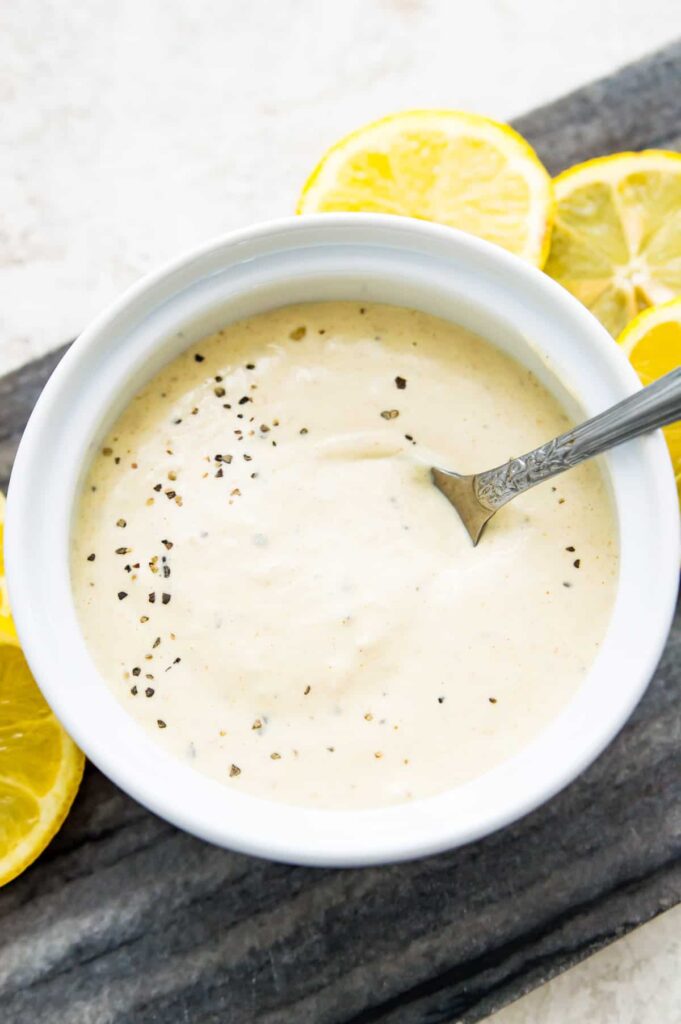
If you’re feeling adventurous, try experimenting with different ingredients to create unique variations of horseradish sauce. Here are some suggestions to get you started:
✅ Horseradish Aioli
Ingredients
- 1/2 cup of mayonnaise
- 2 tablespoons of freshly grated horseradish
- 1 clove of garlic, minced
- 1 tablespoon of lemon juice
- Salt and pepper to taste
Preparation
- In a mixing bowl, combine the mayonnaise, freshly grated horseradish, minced garlic, and lemon juice.
- Stir until well combined.
- Add salt and pepper to taste.
Pairing Suggestions
- Burgers: Horseradish aioli can be used either as a spread for your burger buns or as a topping on the meat itself. This sauce gives a spicy twist to the classic burger, adding a unique layer of flavor that pairs wonderfully with the rich taste of beef.
- Fries: Dipping fries in horseradish aioli gives a tangy, spicy kick to each bite. This makes for a delightful change from the traditional ketchup or mayo, elevating your humble fries to a gourmet side dish.
✅ Horseradish and Dill Yogurt Sauce
Ingredients
- 1 cup Greek yogurt
- 2 tablespoons freshly grated horseradish
- 2 tablespoons chopped fresh dill
- 1 clove of garlic, minced
- Juice of 1 lemon
- Salt and pepper to taste
Preparation
- In a mixing bowl, combine the Greek yogurt, freshly grated horseradish, chopped fresh dill, minced garlic, and lemon juice.
- Stir the mixture until well combined.
- Season with salt and pepper to taste.
Pairing Suggestions
Fish: The creaminess of Greek yogurt, the zesty flavor of horseradish, and the freshness of dill in this sauce beautifully complement various types of grilled or baked fish. It adds a tangy, herby twist that enhances the natural flavor of the fish, making it a perfect addition to your seafood dishes.
Grilled Vegetables: This horseradish and dill yogurt sauce can be drizzled over a medley of grilled vegetables or used as a dip. It elevates the smoky, charred flavor of the vegetables, providing a refreshing contrast and making it a flavorful side dish or light meal.
✅ Spicy Horseradish BBQ Sauce
Ingredients
- 1 cup ketchup
- 1/2 cup brown sugar
- 1/4 cup white vinegar
- 1/4 cup freshly grated horseradish
- 2 tablespoons Worcestershire sauce
- 2 tablespoons Dijon mustard
- 1 teaspoon paprika
- 1/2 teaspoon ground black pepper
- 1/2 teaspoon salt
Preparation
- In a saucepan over medium heat, combine all the ingredients.
- Stirring occasionally, bring the mixture to a simmer.
- Reduce heat to low and let the sauce simmer for 20 minutes until it thickens.
- Allow the sauce to cool before using, or store it in an airtight container in the refrigerator.
Pairing Suggestions
Ribs: Use this spicy horseradish BBQ sauce as a finishing glaze for grilled or smoked ribs. The fiery kick of horseradish and the sweet and tangy base of the sauce beautifully complement the smoky, tender meat of the ribs, providing a memorable and flavorful eating experience.
Pulled Pork: This sauce also works wonderfully as a condiment for pulled pork sandwiches. After smoking and pulling the pork, mix in some of the spicy horseradish BBQ sauce. The robust, complex flavors of the sauce enhance the rich and savory pulled pork, making your sandwiches truly irresistible.
Tips for Balancing Flavors
Horseradish is a well-known spice and can be quite powerful, but you can control it to your preference. The heat primarily comes from the crushing or grating process, which breaks down the plant’s cells, releasing aromatic oils. The longer you wait after grating to add vinegar, the more potent the horseradish will be.
If you prefer a milder flavor, add vinegar immediately after grating. If you enjoy a fiery kick, let the grated horseradish rest for a few minutes before adding the vinegar.
Horseradish pairs well with various ingredients that can help balance its spicy nature. Creamy elements like mayo or yogurt can tame the heat and provide a smooth texture for sauces. The tanginess of ingredients like vinegar or lemon juice works well to counterbalance the harshness of horseradish.
Sweet elements, such as honey or brown sugar, can also help to mellow its bite. Choose complementary flavors that align with your personal taste preferences to create a harmonious sauce or dish.
Serving and Presentation Ideas
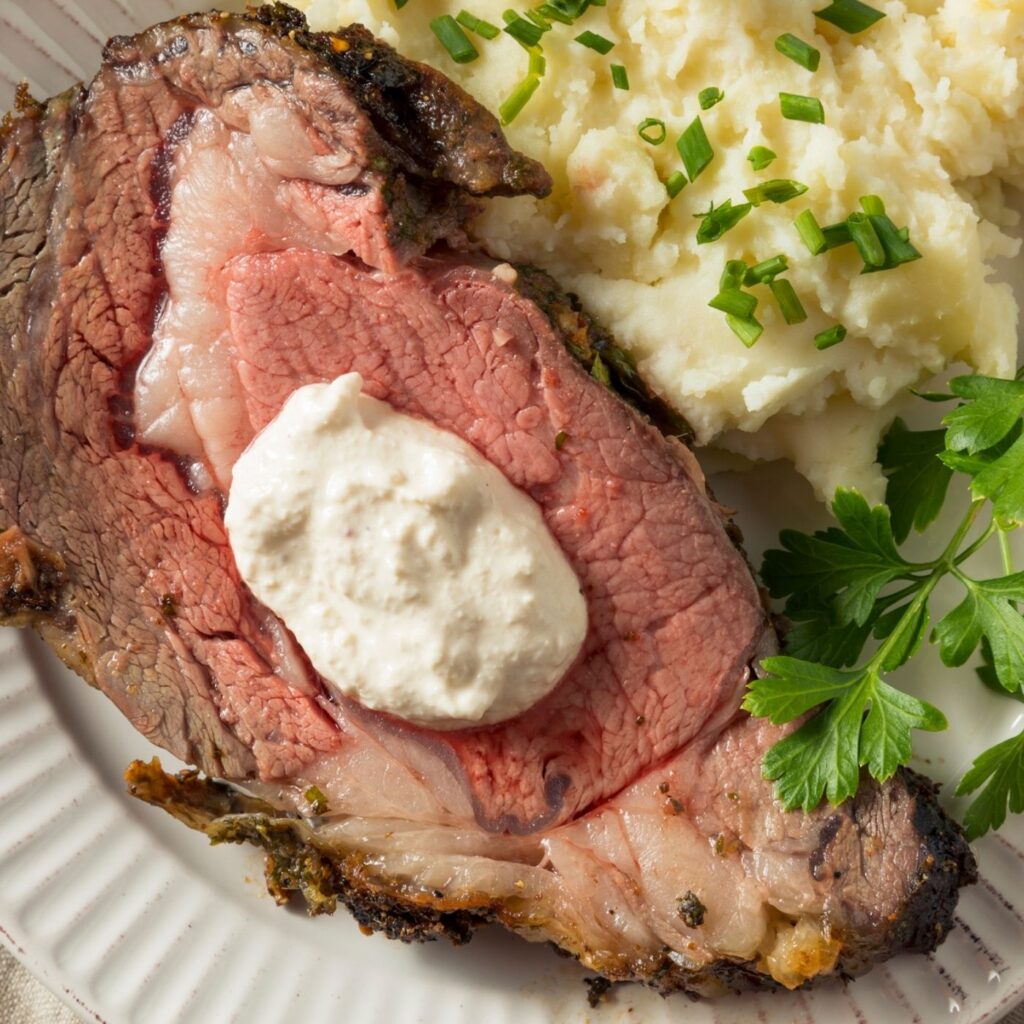
When it comes to serving and presenting your horseradish sauces, creativity is key. Here are some ideas to get you started:
- Gourmet Sliders: Slather the horseradish sauce on mini hamburger buns and top with a juicy slider, a slice of sharp cheddar, and a pickled cucumber for a delightful bite-sized treat.
- Elevated Crudité Platter: Serve the horseradish sauce as a dip for a variety of fresh, crunchy vegetables. Pair with a selection of cheeses and charcuterie for a sophisticated appetizer.
- Roast Beef Sandwiches: Use as a spread in roast beef sandwiches. The heat from the horseradish is an excellent counterpoint to the rich, savory beef.
- Fish Tacos: Drizzle over grilled fish tacos. The pungency of the horseradish offsets the sweetness of the grilled fish.
As for garnishing and plating tips, remember that the presentation of your dish can be just as important as the taste:
- Color Contrast: Use bright red radishes or fresh parsley leaves as a garnish to create a color contrast with the creamy horseradish sauce.
- Layering Effects: If used in a sandwich or slider, layer the ingredients in a way that showcases the sauce and makes the dish visually appealing.
Finally, themed meals or occasions can be an excellent opportunity to introduce horseradish sauces:
- BBQ Parties: Horseradish sauces are a hit at BBQ parties. Serve alongside ribs, pulled pork, or sliders for a spicy kick.
- Elegant Brunch: Serve as a part of an elegant brunch spread. It pairs well with smoked salmon and cream cheese bagels.
- Winter Gatherings: Horseradish sauce added to a hearty beef stew or casserole can provide a warming spice perfect for winter gatherings.
Storing Homemade Horseradish Sauces
In order to ensure the longevity and freshness of your homemade horseradish sauce, proper storage is key. Here are some best practices:
🫙 Refrigeration
After making your horseradish sauce, promptly store it in a clean, airtight container in the refrigerator. This will help maintain its freshness and prevent it from spoiling. The cold temperature slows the growth of bacteria, that can lead to spoilage.
🫙 Shelf Life
Typically, homemade horseradish sauce can last 3-4 weeks in the refrigerator if stored properly. However, it’s always best to use it as soon as possible since the sauce’s potency and flavor can diminish over time.
🫙 Signs of Spoilage
If you notice any changes in the sauce’s color, texture, or smell, it’s best to discard it right away. An off-smell or a change from its original creamy white color to a dull gray are clear signs of spoilage.
🫙 Freezing
If you want to extend the sauce’s shelf life, freezing is an option. Transfer the sauce to a freezer-safe container, leaving some space for expansion, and it can last up to 6 months. Note that freezing might slightly alter the texture and heat of the sauce, but it should still be enjoyable. To use, simply thaw in the refrigerator overnight.
Remember, the freshness of your ingredients will also significantly influence how long your horseradish sauce lasts, so always use the freshest horseradish root you can find.
Fixing Flavor and Consistency Issues
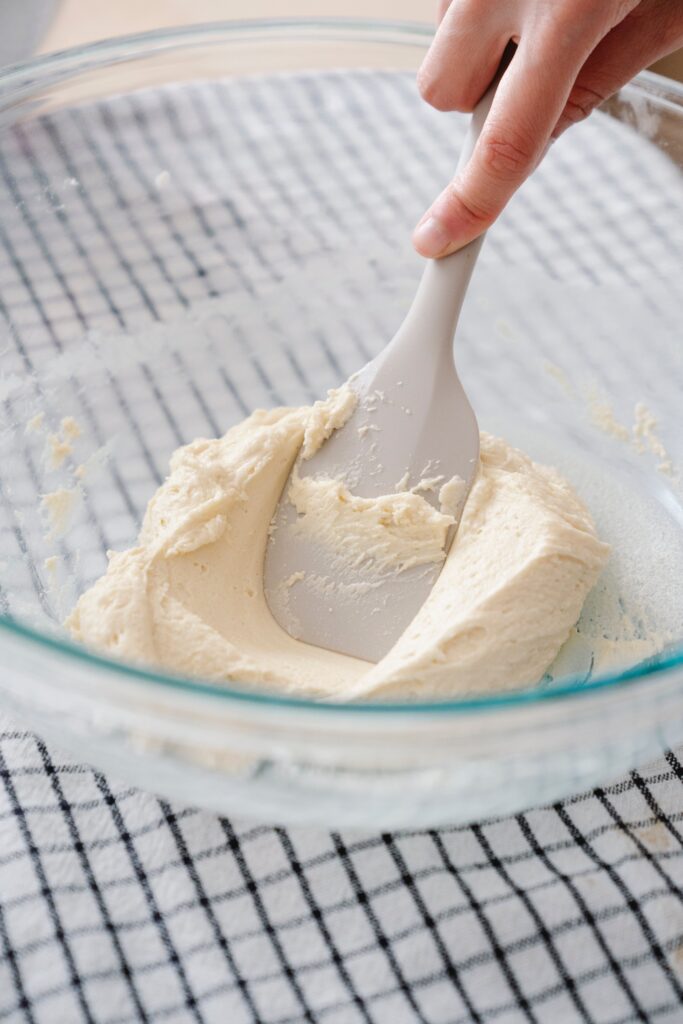
Sometimes, sauces don’t always turn out the way we want. Here are some tips to remedy common issues:
🥣 Too Spicy or Too Mild
If your horseradish sauce is too spicy, try to balance it out by adding more of the non-spicy ingredients (like cream or mayonnaise) until you reach the desired heat level. If it’s too mild, grate up some extra horseradish and mix it in.
🥣 Thickening or Thinning the Sauce
If your sauce is too thin, you can thicken it by adding a small amount of a thickening agent like cornstarch or flour. Dissolve it in a little cold water first to prevent lumps, then gradually add to the sauce while stirring. If your sauce is too thick, add some liquid ingredients (like vinegar or cream, depending on your recipe) to thin it out to the desired consistency.
🥣 Reviving Flavors
If you’ve stored your horseradish sauce and have lost some of its punch, don’t worry! You can revive those flavors by adding a bit of freshly grated horseradish or a splash of vinegar to brighten up the taste.
Frequently Asked Questions
Q: Can you replace mustard with horseradish in recipes?
While mustard and horseradish have different flavor profiles, you can substitute one in most recipes. Remember, horseradish is spicier and more pungent than mustard, so adjust the quantity accordingly.
Q: Is horseradish sauce gluten-free?
Pure horseradish root is naturally gluten-free. However, always check the label if you use store-bought or horseradish sauce. Some brands may add fillers or preservatives that contain gluten.
Q: Can I make vegan horseradish sauce?
Absolutely! Substitute dairy ingredients with vegan alternatives like almond milk or vegan mayo. The sharp tanginess of the horseradish remains the same.
Q: Why does my homemade horseradish sauce lack flavor?
If your horseradish sauce lacks punch, it could be due to the freshness of the horseradish. Always try to use the freshest horseradish root you can find. If your sauce has been stored for a while, add some fresh horseradish or vinegar to revive the flavor.
Q: Can I use wasabi instead of horseradish in sauces?
Yes, you can! Remember, though, that wasabi has a different heat profile than horseradish. It’s hotter and more intense, but the heat dissipates faster.
Conclusion
It’s exciting to experiment and find the perfect combination of horseradish and sauces for your taste. You can even blend these elements together to create your signature dish. With such a wide variety of recipes, you can find one that will take any dish from average to extraordinary in no time. Be sure to consider how much heat you’d like the horseradish to give and its flavor when determining what ingredients will make for a successful pairing with the sauces.
Whether making a creamy horseradish sauce or just adding some zing to an existing recipe, use the tips discussed in this article to get creative and craft something truly delicious. I invite you to create a unique sauce by adding some kick of horseradish and experience amazing results for yourself!

